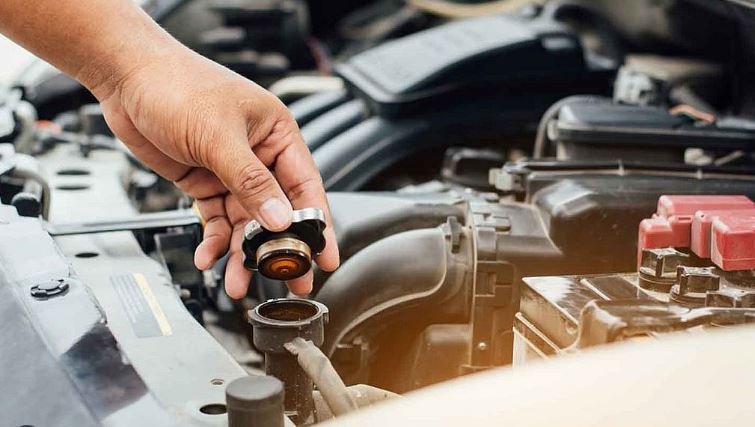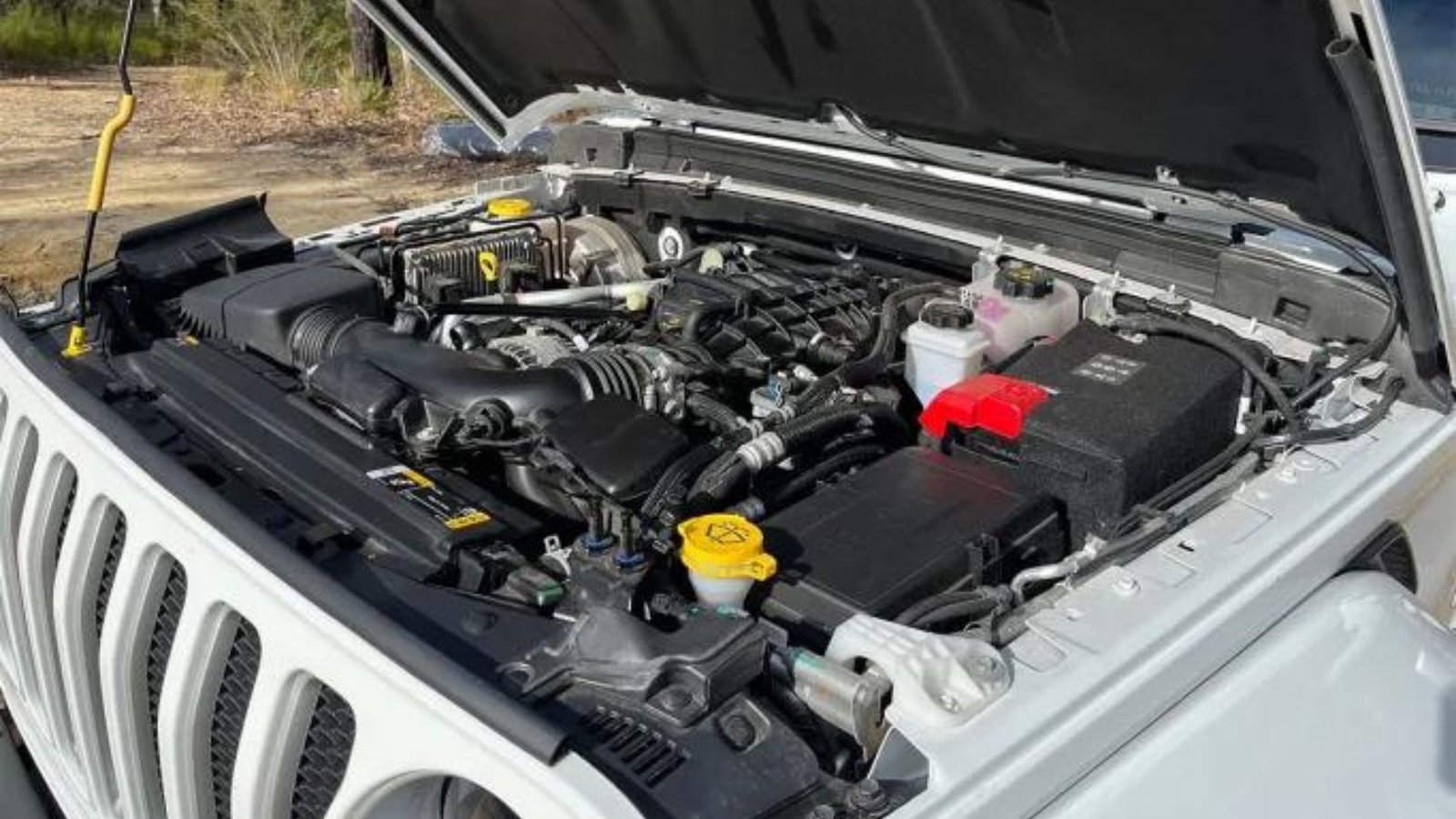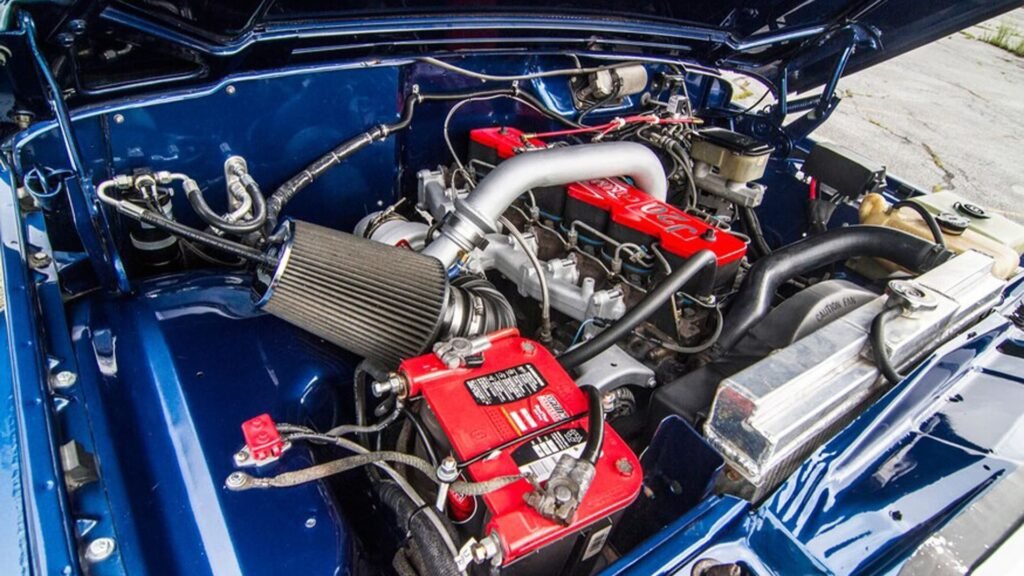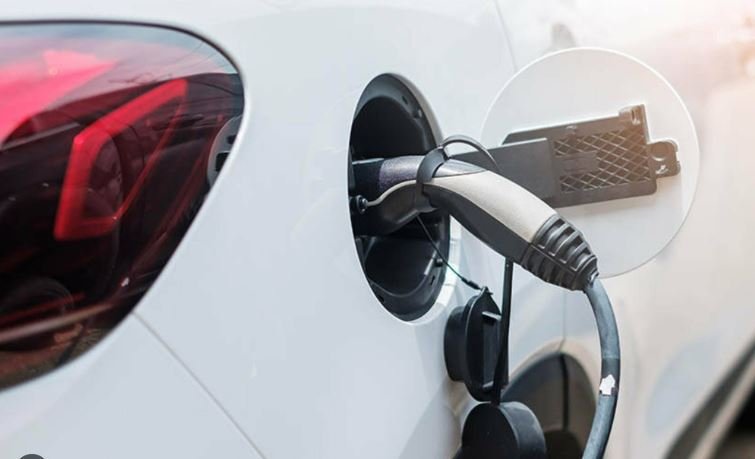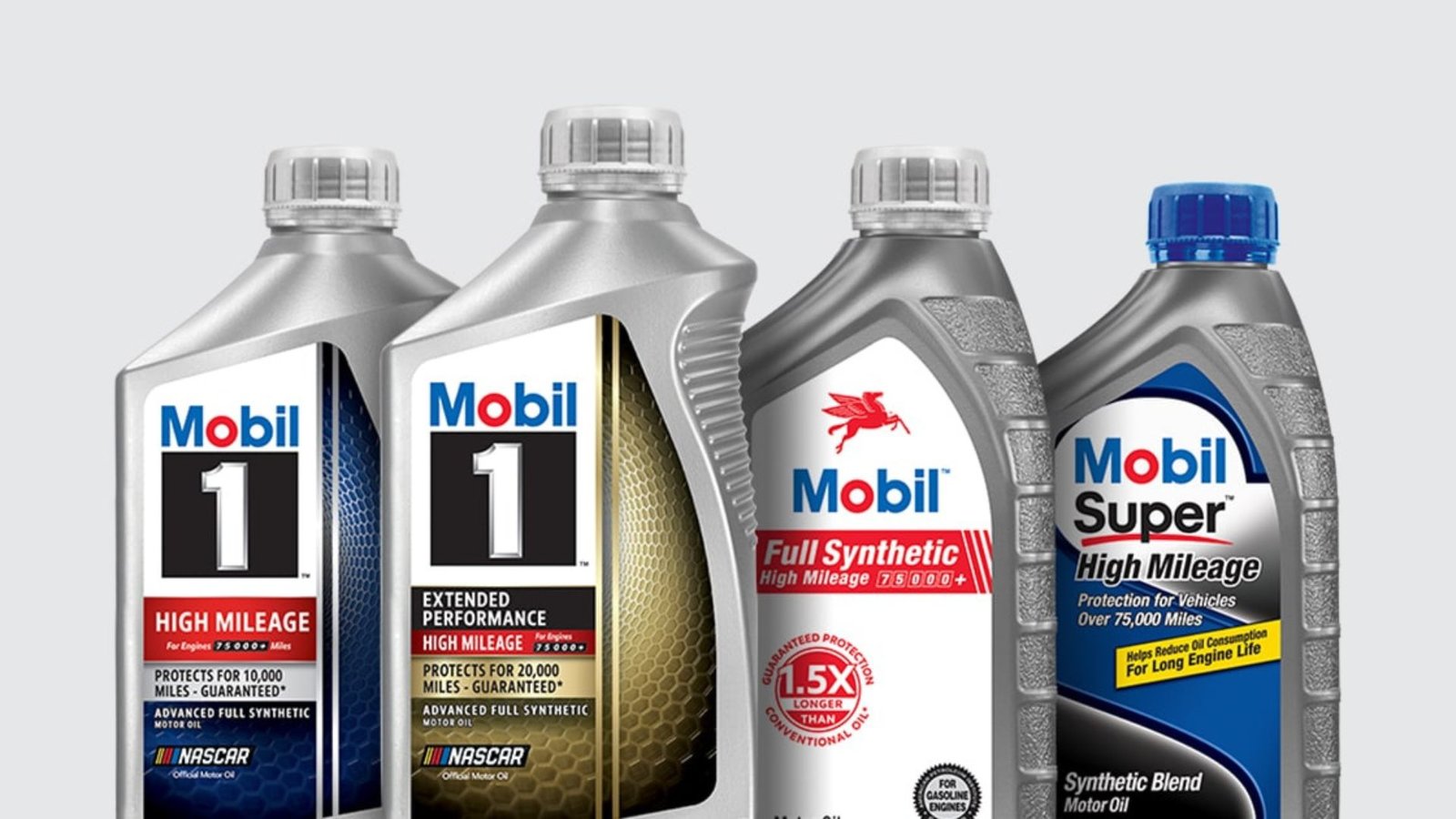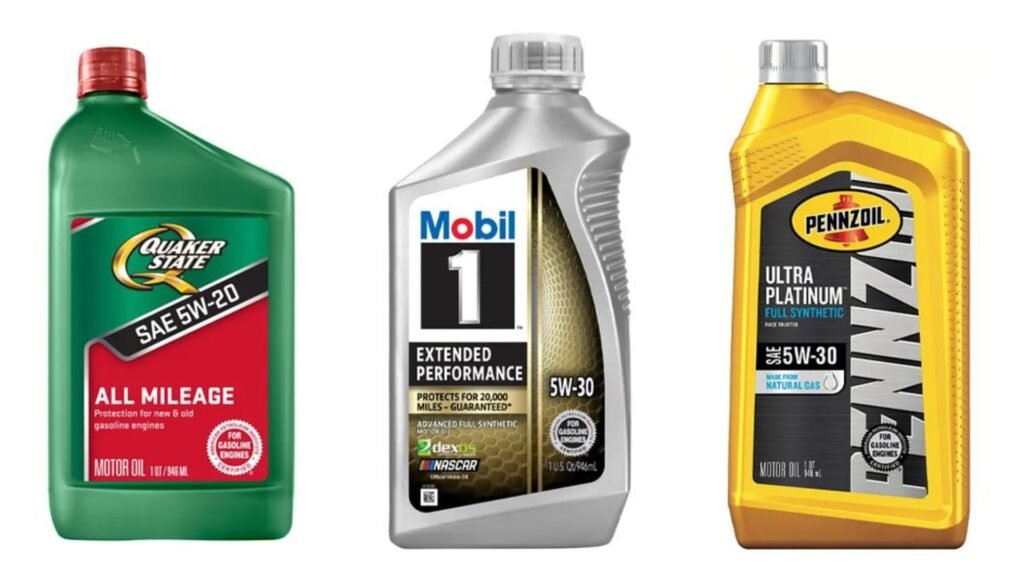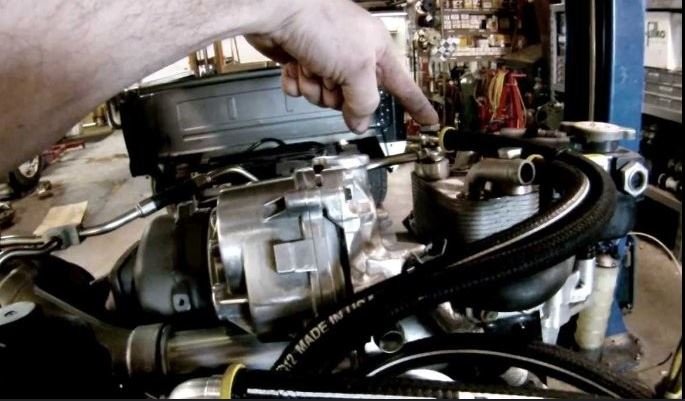Keeping your car engine in top shape is essential for ensuring its longevity and efficiency. Regular cleaning is a key part of engine maintenance that helps achieve optimal performance. This article provides practical tips for cleaning your car engine for optimal performance.
Why Clean Your Engine?
Cleaning your car engine for optimal performance can prevent dirt and grime buildup, which may cause overheating and affect the engine’s efficiency. Regular cleaning can also help you spot potential issues early and keep your engine running smoothly.

Preparation Steps
Before going into the cleaning process, here are some important preparation steps:
1. Safety First
Always ensure the engine is cool before starting. Working on a hot engine can be dangerous and may lead to burns or damage. Also, disconnect the car battery to avoid any electrical hazards.
2. Gather Your Supplies
To clean your engine effectively, you’ll need:
- Engine degreaser
- Soft-bristle brush
- Microfiber cloths
- Plastic bags or aluminum foil
- Water source
- Protective gear (gloves, safety glasses)
Cleaning Your Engine
Once you’re prepared, follow these steps to clean your engine:
3. Cover Sensitive Areas
Protect sensitive parts such as the air intake, distributor, and electrical components. Use plastic bags or aluminum foil to cover these areas. This step is crucial to avoid water or cleaner from damaging electrical components.
4. Apply Engine Degreaser
Spray the engine degreaser generously over the engine bay, focusing on areas with heavy grime. Engine degreasers are designed to break down oil and dirt, making it easier to clean. Follow the manufacturer’s instructions for the best results.
5. Scrub with a Brush
Using a soft-bristle brush, gently scrub the engine to loosen dirt and grease. Be careful not to use too much force, as this could damage engine components. Make sure to reach all areas, including hard-to-reach spots.
6. Rinse Carefully
After scrubbing, rinse the engine with water. Use a gentle stream to avoid forcing water into electrical components. If possible, use a hose with a nozzle that allows you to control the water pressure.
Post-Cleaning Steps
After cleaning your engine, follow these steps to ensure everything is in order:
7. Dry the Engine
Use a microfiber cloth to dry the engine and remove excess water. Make sure to dry off any water that may have gotten into sensitive areas, such as electrical connections.
8. Remove Covers
Carefully remove the plastic bags or aluminium foil from the protected areas. Check to make sure everything is dry and free of any cleaner residue.
9. Reconnect the Battery
Once you’ve finished cleaning and drying the engine, reconnect the car battery. Double-check all connections to ensure they are secure.
10. Check for Issues
Start the engine and listen for any unusual sounds. If the engine runs smoothly and there are no leaks or issues, you’ve successfully cleaned your engine for optimal performance.
Additional Tips
Here are some extra tips to keep in mind:
11. Regular Cleaning
Aim to clean your engine every 6 to 12 months, depending on driving conditions. Regular cleaning helps maintain engine performance and prevent buildup.
12. Use the Right Products
Always choose products designed specifically for engine cleaning. Avoid using household cleaners or harsh chemicals that could damage engine parts.
13. Avoid Excessive Water
Use water sparingly to prevent damaging electrical components. If you’re unsure, it’s better to use less water and clean more thoroughly.
Conclusion
Maintaining a clean engine is crucial for achieving optimal performance and extending the lifespan of your vehicle. By following these tips for cleaning your car engine, you can ensure that your engine runs smoothly and efficiently. Regular cleaning and proper maintenance will help you enjoy reliable performance and prevent potential problems.







